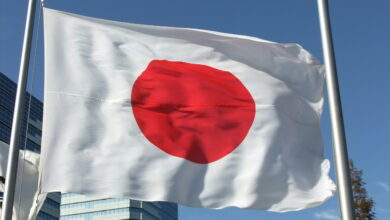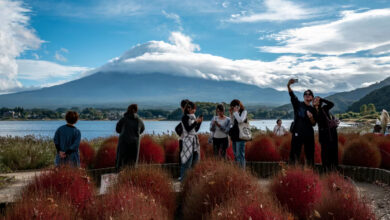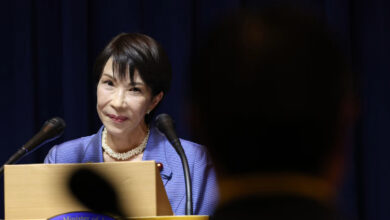At least 27 people had been killed in a quake and tsunami that hit Japan Friday, Kyodo news agency said.
The extent of the destruction, and the forecast for the tsunami, suggested the death toll could rise significantly.
Friday's 8.9-magnitude earthquake was the biggest to hit Japan since records began 140 years ago.
A tsunami warning has been issued for areas across East Asia and the western coast of South America following a huge earthquake that hit Japan on Friday, the Pacific Tsunami Warning Center said.
Among the countries for which a tsunami warning is in effect are: Russia, Taiwan, the Philippines, Indonesia, Papua New Guinea, Australia, New Zealand, Fiji, Mexico, Guatemala, El Salvador, Costa Rica, Nicaragua, Panama, Honduras, Chile, Ecuador, Colombia and Peru.
Thirty international search and rescue teams stand ready to go to Japan to provide assistance following a major earthquake, the United Nations said on Friday.
"We stand ready to assist as usual in such cases," Elisabeth Byrs of the UN Office for the Coordination of Humanitarian Assistance (OCHA) told Reuters in Geneva. "Thirty international search and rescue teams are on alert and monitoring the situation and stand ready to assist if necessary."
The 8.9 magnitude quake caused many injuries, public broadcaster NHK said, sparked fires and the wall of water, prompting warnings to people to move to higher ground in coastal areas.
A hotel collapsed in the city of Sendai and people were feared buried in the rubble.
Kyodo news agency said that Tokyo's Narita airport had been closed.
There were several strong aftershocks. In the capital Tokyo, buildings shook violently. An oil refinery near Tokyo was on fire, with dozens of storage tanks under threat.
"I was terrified and I'm still frightened," said Hidekatsu Hata, 36, manager of a Chinese noodle restaurant in Tokyo's Akasaka area. "I've never experienced such a big quake before."
TV pictures showed the tsunami carrying the debris and fires across a large swathe of coastal farmland near the city of Sendai, which has a population of one million. The pictures suggested the death toll was going to rise.
NHK showed flames and black smoke billowing from a building in Odaiba, a Tokyo suburb, and bullet trains to the north of the country were halted.
Black smoke was also pouring out of an industrial area in Yokohama's Isogo area. TV footage showed boats, cars and trucks floating in water after a small tsunami hit the town of Kamaichi in northern Japan. An overpass, location unknown, appeared to have collapsed into the water.
The western prefecture of Wakayama ordered 20,000 people to evacuate after further tsunami warnings.
The building shook for what seemed a long time and many people in the newsroom grabbed their helmets and some got under their desks," Reuters correspondent Linda Sieg said in Tokyo.
"It was probably the worst I have felt since I came to Japan more than 20 years ago."
The US Geological Survey earlier verified a magnitude of 7.9 at a depth of 15.1 miles and located the quake 81 miles east of Sendai, on the main island of Honshu. It later upgraded it to 8.9.
Japan's northeast Pacific coast, called Sanriku, has suffered from quakes and tsunamis in the past and a 7.2 quake struck on Wednesday. In 1933, a magnitude 8.1 quake in the area killed more than 3,000 people. Last year fishing facilities were damaged after by a tsunami caused by a strong tremor in Chile.




